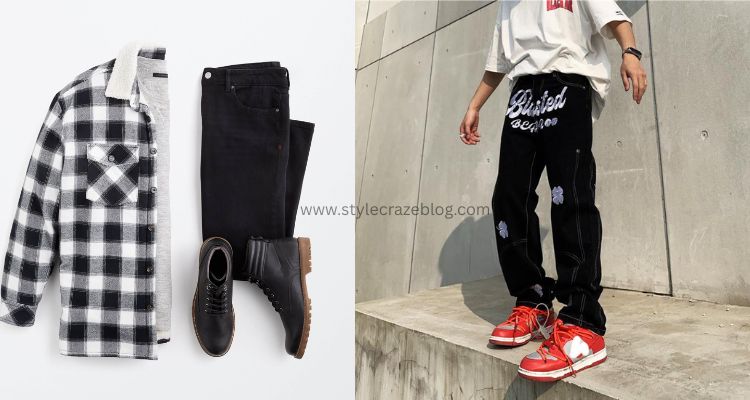Ouji fashion is basically a delightful, gender-fluid Japanese style that draws its inspiration from the clothing of the Victorian and Edwardian era boys. As a “prince style” ouji fashion is reckoned to be one that blends the androgynous tailoring and historical elegance to those who are fond of playful, regal looks irrespective of their gender. I was so amazed when I first saw ouji outfits at a streetwear convention, so unique and expressive were the people.
What is Ouji Fashion?
Ouji fashion is a new term that literally means “prince” in the Japanese language and is a type of fashion that features defined shapes, fitted jackets, fancy blouses, and knee-length pants. Just small details such as a neck bow, lace, a jabot are all that is needed to finish off each lolita outfit. The impression on the whole is that of a young European aristocrat, you might say playful, sharp, and romantic. Ouji fashion is a choice of both gender, thus it ends up with a genderless charm and distinctive self-expression.
Where to Buy Ouji Fashion?
Atelier Boz and Alice and the Pirates, the two most prominent and well known boutiques in Japan. And also several independent designers are the main sources of authentic ouji fashions. For people who are living far away, there are, for instance, the websites of Wunderwelt, Closet Child, and Etsy where one may find not only ouji pieces and accessories. But also custom-made pieces. It always makes me feel so lively when I go through these shops on the Internet to catch sight of new variations and styling tips of different communities.
What is Ouji Fashion Based On?

Ouji fashions draws majority of its creative ideas from the suits of the Victorian and Edwardian. Boys but introduces a new-age charm by blending in Japanese aesthetics. Essentially, this look is a hybrid of different influences; the refined Europe, Lolita subculture, and a little bit of gothic, punk, or casual thrown in. The result is one that is unique, multi-layered, and always intricate. Only classic ouji, gothic ouji, and sweet ouji are mentioned as its themes.
Where Did Ouji Fashion Originate?
Ouji fashion has been developed in the early 2000s in Japan. And it was basically born as a derivative of the lolita fashion subculture. The origins of Ouji could be seen penetrating into an entirely new territory of design. Created by those girls who decided to use male garments for their stylish & chic look. “Ouji” was the word that got associated with the prince’s characteristics and it was not long before this fashion went global right from the streets of Tokyo’s Harajuku. I find it really wonderful hearing the story of how ouji turned out to be the identification and community of numerous people because of its free style.
How to Describe Ouji Fashion
Ouji fashions can be described as the combination of historical and modern themes that mix masculine and feminine features. Carefully built coats, knee-length pants or short trousers, lace-covered shirts, neckties plus such accessories as top hats or monocles. Gothic ouji is all about dark, deep & dramatic themes while sweet ouji captivates listeners with its soft colors and cute little details. Ouji lolita is the perfect combination of hard & soft. It is about letting the masculine aspects of your character shine through the delicate and intricate world of Lolita. If I would have to answer this question when my friends ask about my ouji-inspired look then it would be something like “Imagine history dressed with style – there are no rules, just self-expression”.
Is Ouji Fashion Only for Men?
Definitely no! One of the best things about Ouji fashion is that it embraces all. Ouji fashion was a combination of the male gender’s stuff that was already there. But it is an open style to everyone—men, women, non-binary, and anyone who loves alternative fashion. so, everyone can be a part of it. There are male and female ouji fashion communities that exist in different parts of the world. They not only empower the global fashion movement through their various interpretations of style. But also contribute to the celebration of one another whether it is on the streets or on social media.
Are Ouji and Lolita the Same?
Ouji and Lolita fashions share some common ground but are not the same. Lolita designs are very girly and consist mainly of big and fluffy skirts and petticoats. In contrast, Ouji prefers princely tailored and shorts. Still, they are both characters based on history – one is the female, and the other is gender-neutral. There is a big community of people who are fond of combining these two. To make their own entirely unique clothes.
Final Thoughts
Ouji fashions build a royal playground for style that combines not only history but also gender and creativity. Dressing going masculine, feminine, gothic, or sweet, the outfit never fails to praise the individual’s creativity. Every shopping experience or new accessory is like becoming part of a worldwide fashionable but friendly family.



